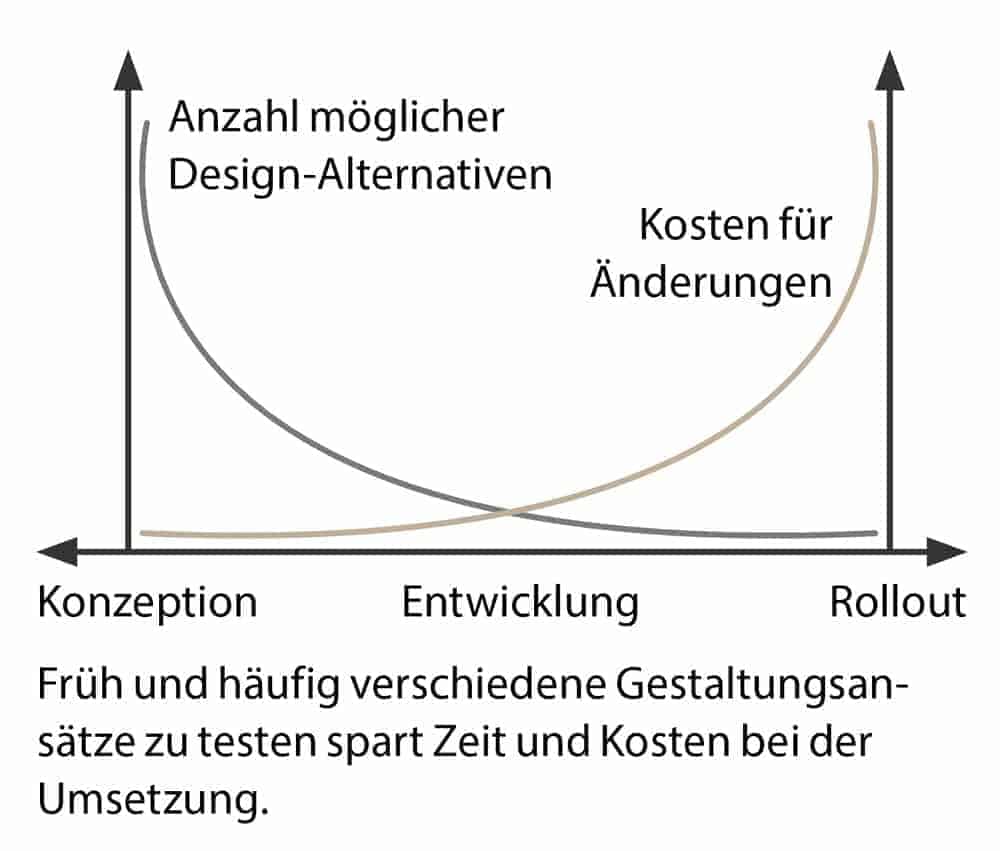User acceptance as a criterion for success


UX design makes the user interface nice and colorful and therefore more user-friendly? Please ask yourself the following question: When you use a new software for the first time, are you really more satisfied because the user interface has such a pleasant color scheme?
You probably consider it much more important that you were able to process your task at least as fast, rather faster and easier with the new solution.
So the question is: Why do we assume that other users, for example employees, who are supposed to use a new self-service as a Fiori app, will be satisfied with pretty colors and graphic design for a modern user experience? Sabine SchindlerSo the question is: Why do we assume that other users, for example employees, who are supposed to use a new self-service as a Fiori app, will be satisfied with pretty colors and graphic design for a modern user experience?
Lack of user acceptance is a relevant risk for the success of software projects. But how do we arrive at representative findings in the conception phase in order to create prototypes of functionalities and user guidance that are strong in terms of acceptance?
User experience design is about identifying all the functionalities actually needed for the new software and creating suitable design proposals for the interface between the user and the system.
The derivation of these usage requirements should not be based on assumptions, but should be empirically provable on the basis of the context of use of the future users. The context of use describes the task model, personas, goals, available resources, and environmental influences of the user group objectively and as completely as possible.
Contact with the real user group is essential for this. This means observing employees at their workplace as they currently perform their tasks, recording in detail in structured surveys what future users communicate about their tasks, goals and expectations.
This does not mean implementing all the wishes expressed for the new application. Prioritization and consideration of organizational and legal requirements are, of course, also part of the UX designer's craft.

In the course of implementation, however, every decision about mapped functionalities and about the design, positioning, and naming of UI elements should be able to be traced back to concrete findings of the context of use analysis. In the end, it is a well-tried rule: speculation quickly leads us astray, asking questions helps us get on the right track faster.
In short, act emphatically and listen carefully to those who will later have to do a good job with the new solution. Learn from the users what the new solution really has to be able to do (master-pupil model).
The potential of this approach is to identify conceptual errors as early as possible and to validate design concepts based on user feedback. Even very rough solution proposals, for example a paper prototype, offer cost-saving opportunities to quickly test different design approaches.
The goal is to start programming the solution only at the optimal point. This point is reached when, after design testing, it can be assumed with the highest possible probability that all priorities identified for user acceptance have been taken into account in the design (minimum usable product).
Rolling out software within the scope of complex implementation projects without upstream consideration of the context of use in the company can lead to unreasonably high costs due to late corrections to an already programmed solution.
When asked what economic benefit UX design brings to an SAP project, the answer "Everything will look better then!" consequently falls short. A more realistic answer would be that UX design promotes the acceptance of digitization projects.
Those who were allowed to participate in the change within the company accept this change more easily, even if not all wishes could be implemented. UX design can also accelerate the course of the project and save costs.
Although the user-centric approach increases the design effort, developers benefit from concrete design specifications and a validated use case.
This can shorten implementation times until rollout. In summary: UX Design makes an important contribution to making the right decisions for modern and economical software solutions.




